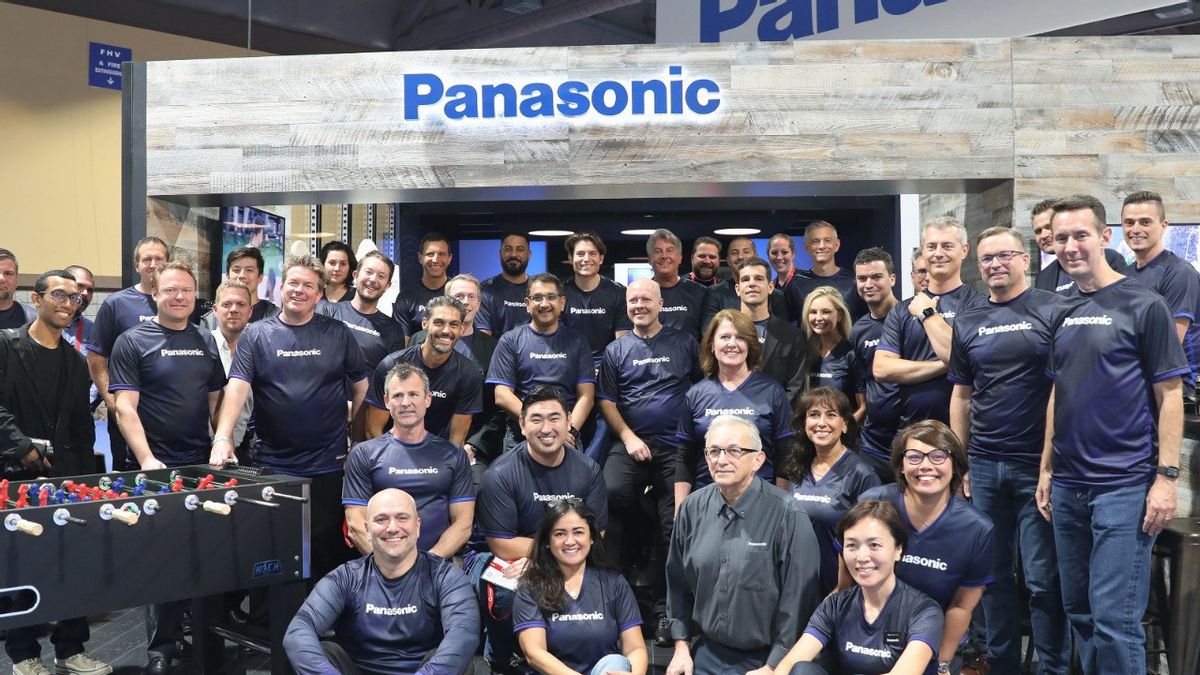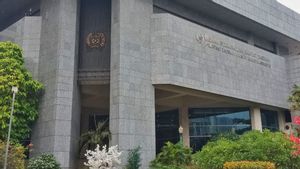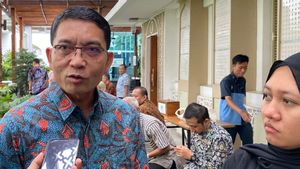JAKARTA - Japan's Panasonic Holdings Corp. said Monday, October 31, it will start building a new battery factory in Kansas in November and aims to start mass production in March 2025. Panasonic is now targeting the fast-growing North American market for electric vehicles.
The company's energy unit said in July it had selected Kansas as a new plant location to supply batteries primarily to Tesla Inc, and joined other battery manufacturers planning massive investments in the US to qualify for new EV tax credit rules and to take advantage of potential market demand.
Panasonic said in a statement that it expects an initial production capacity of 30 gigawatt hours per year at the new plant. That capacity is equivalent to about 60% of the company's current annual EV battery production capacity in Japan and the United States.
Kansas state officials said in July the plant would create up to 4,000 jobs with an investment of up to $4 billion, and was still awaiting final approval by Panasonic's board, which appeared on Monday.
Hirokazu Umeda, chief financial officer of Panasonic Holdings Group, declined to provide specific figures for the investment at Monday's earnings briefing, but said it was a rough estimate that it would cost "on a scale of more than US$4 billion".
The company says the factory will produce 2170 models of lithium-ion battery cells, which it already supplies to Tesla, but could eventually make the more advanced 4680 format batteries currently in development that are about five times as large and will offer major increases in cost and range of vehicles. .
"We decided to start with the model 2170, which can be launched with certainty and speed due to the need for battery life as soon as possible," said Umeda.
Panasonic has also said it will begin mass production of the model 4680 at its plant in Wakayama, in western Japan, by the end of March 2024, with later expansion into production in North America. Umeda said so far the increase in mass production is going according to plan.
VOIR éGALEMENT:
Panasonic on Monday also lowered its full-year operating profit forecast to 320 billion yen ($2.16 billion) from 360 billion yen for the year ended March 31. That compared with a median estimate of 349.9 billion yen by 19 analysts. Panasonic posted an 11% drop in second-quarter operating profit, but performed better than analysts had expected.
It reported an operating profit of 86.1 billion yen for the three months to the end of September, versus the 81.6 billion yen average profit expected by nine analysts, according to Refinitiv data. A year earlier, the company earned 96.8 billion yen.
Despite increased sales in its energy business, operating profit fell due to higher raw material and logistics prices, as well as increased development costs and fixed costs due to increased production.
Competitors CATL China and Energy Solution South Korea posted strong battery profit growth after they handed over some of the cost increase to clients.
The English, Chinese, Japanese, Arabic, and French versions are automatically generated by the AI. So there may still be inaccuracies in translating, please always see Indonesian as our main language. (system supported by DigitalSiber.id)


















